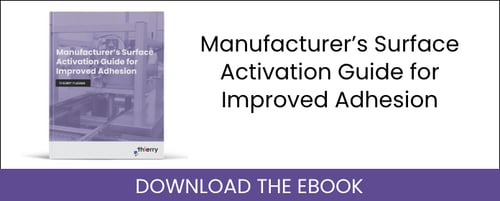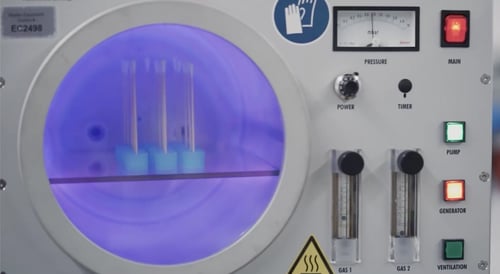One very important application of
plasma technology is the
hydrophilic treatment. This procedure is done to modify surfaces to have a strong attraction to water. This is the opposite of hydrophobic treatments which make surfaces repel water. Some materials are naturally hydrophobic, meaning water beads up into droplets and it does not spread out evenly onto the surface. This can be problematic if you want to paint this surface or you want to attach something to this surface because paints and glues will not adhere well to it. When a surface undergoes
hydrophilic treatment, it increases that objects surface energy. When an object has high surface energy, it has a high adhesion capability.
How Hydrophilic Treatment Works
Thierry can use its low-pressure plasma systems to perform
hydrophilic treatments on objects of various sizes and shapes. The target object is placed within an airtight chamber. Next the pressure of the chamber is lowered by using a vacuum to remove all of the air. Then, to begin the
hydrophilic treatment, a precursor gas is inserted into the chamber where the combination of energy and a low-pressure causes the gas to ionize and become plasma. The excited plasma ions collide with the surface, microscopically changing the geometry of the surface. Specifically, during a
hydrophilic treatment, the surface undergoes oxidation and the bombarding plasma ions form hydroxyl groups on the surface. These hydroxyl groups are polar, and since water is polar, it is attracted to them. Ultimately, this is what enhances the
surface’s wettability and adhesion.

